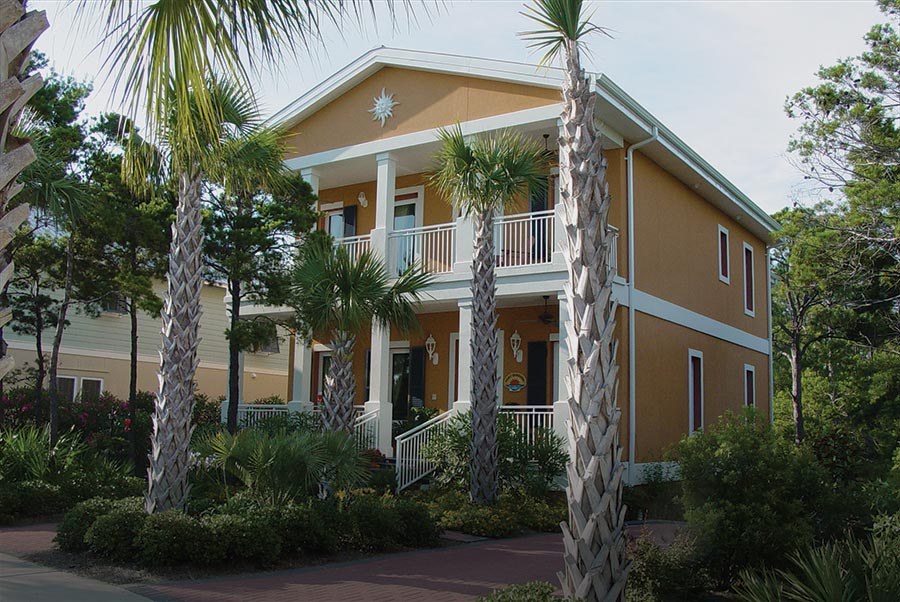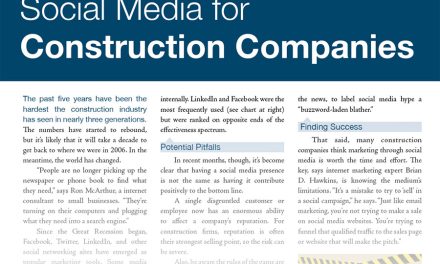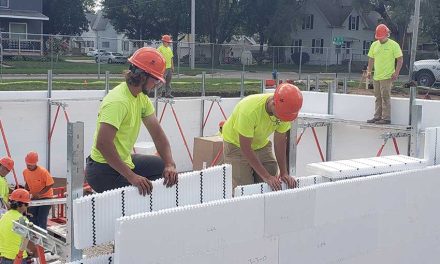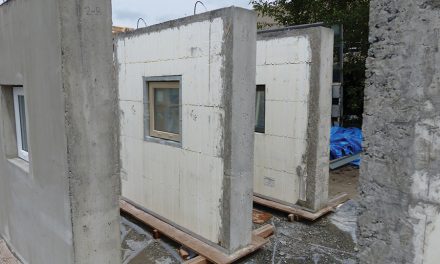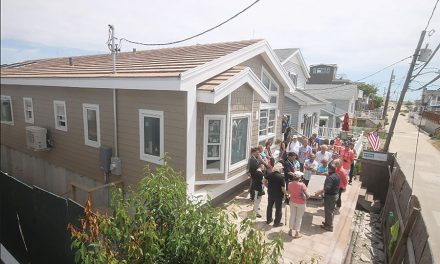Four years after Katrina, the rebuilding effort is still far from completed. Homes such as this one show how ICFs are being used to create durable, energy-efficient homes that match the character and architectural traditions of the region.
Four years ago, Hurricane Katrina devastated the U.S. Gulf Coast, leaving behind a trail of wreckage that stretched for hundreds of miles. Many within the ICF industry saw this as an opportunity to rebuild the region in a more responsible manner, using solid concrete and EPS foam to create buildings that could easily withstand the heat, termites, and occasional hurricane.
Recently, I spoke with half a dozen ICF distributors and contractors in the hardest hit areas to assess the rebuilding effort. The interviews reveal some progress—and also missed opportunities.
Good Exposure
One immediate effect of the hurricane on this industry was the number of real-life case studies it produced of exactly how resistant ICFs were to hurricane-force winds and storm surge. The famous FEMA photo of a lone ICF house standing structurally intact when the entire neighborhood surrounding it was swept to the bare foundation did much to increase ICFs reputation (see story on p. 15 for an update on this home.)
It also increased the number of ICF contractors and distributors in the area.
“After Katrina, you did have an unbelievable number of ICF companies, subcontractors, and others who converged on this area and started promoting ICFs,” Rodney Hubble says. Hubble is an ICF general contractor that builds projects along the coast from Baton Rouge, La., to Pensacola, Fla.
David Lindsey, architect and owner of IntegraSpec Gulfsouth in Fairhope, Ala., admits, “It’s not the gold mine of growth that we may have wanted it to be, but it did create a significant increase in business. We’ve found that after the hurricanes, people are more willing to pay a premium for strength—not necessarily energy efficiency—but they’ll pay a premium for strength.”
“We have seen an increase in number of people building with ICFs, not a huge majority, but an increase in volume of around 10 to 15 percent.”
Expanded Industry
A few companies that expanded into the Gulf Coast region after the hurricanes have found a profitable long-term niche there. Greenblock Worldwide, which previously focused on the South Florida market, is one (See story on p. 14.)
They recently hired a territory manager to oversee distributors in the area. “The benefits of ICF construction here along the Gulf Coast are many,” says Herb Murphy, the new Alabama-based manager. “ICF walls create structures that can withstand hurricane and tornado force winds. And the high R-value of the walls will save folks a considerable amount of money on their energy bills. Bottom line is ICFs are a better way to build in this area.”
Residential
“The majority of the damage has been residential, so much of the rebuilding you see is residential,” explains Lindsey.
In 1992, when Hurricane Andrew swept through southern Florida, Hurricane building officials responded with stringent code requirements. Now, nearly 90% of new construction is concrete, mostly CMU. Along the Gulf Coast, however, wood is still king.
“As much as anything, it’s tradition,” says Lindsey. “It’s what they know and what they’ve been doing for a hundred years. A lot of these guys have never even heard of ICF. For most contractors around here, it’s still not something they think about,” he says.
Among the hundreds of thousands of homes being built, though, there are plans for a few ICF developments. Two of the largest, with more than 300 homes each, are planned for Waveland, Fla., and Bay St. Louis, Miss.
The Mississippi development is on hold, due to concerns about the housing market and the economy. The Waveland development, with about 330 homes, is also still on the drawing board. Originally designed for concrete block, plans were changed to ICF. Now they’re apparently being changed again to cast-in-place removable forms.
According to those close to the discussions, the switch to cast-in-place was made because the contractor can self-perform the work. Actual construction began on the first phase of 120 units July 1.
Economy Slowing Plans
The economic downturn has affected every part of the rebuilding effort, not just the large developments. “We’re still doing a fair amount of work, “but it’s not like it was two or three years ago,” says Hubble. “We still get e-mails and calls on a daily basis, but not like it was. This economic situation has not helped.”
“They’re taking a wait-and-see attitude,” says Hubble. We have a five-story luxury residence in Pensacola that we’ve been working with the developer on since the middle of ’07. The owner is in the energy business, and he’s been waiting to see what will happen.”
He claims that even large commercial projects are being hit hard. “Last year we did six large hotels, but they’ve pulled the plug on the next three projects.”
Red Tape
He also faults governmental red tape for slowing down ICF growth. “HUD and FEMA and other government agencies are encouraging poor construction,” he claims. “A lot of homeowners are taking ‘Katrina Cottages,’ which are basically a glorified mobile home, and putting them on foundations.
New building codes and flood plain maps have complicated the efforts of some former residents to rebuild. “There’s so much red tape involved, they throw up their hands and say ‘let’s build somewhere else,” Newman says.
Combined with the credit crisis, these restrictions have greatly curtailed new construction.
“I know a guy from Seattle that’s wanting to build in Slidell, Louisiana,” says Hubble. “The banks got too conservative,
wanting 50% or 75% down, before financing any rebuilding in the Katrina zone.”
He noted that its often difficult to get insurance, so people are not rebuilding for that reason as well.
Success Stories
A series of six community shelters have been built with ICFs along Interstate 10. The ICF walls have an 8” solid concrete core, with a double mat of #6 rebar 10” on center vertical an #5 12” on center vertically. And nearly everyone interviewed for this story has great hopes for the future.
“If there were not this economic peril, if we had been able to perform on every job we’d won the bid on, we would have had our best year ever,” says Hubble.
Lindsey states, “ICFs saw significant growth because of the hurricane. It gave ICFs exposure. We would be building a great deal if it wasn’t for the economic turndown.”

